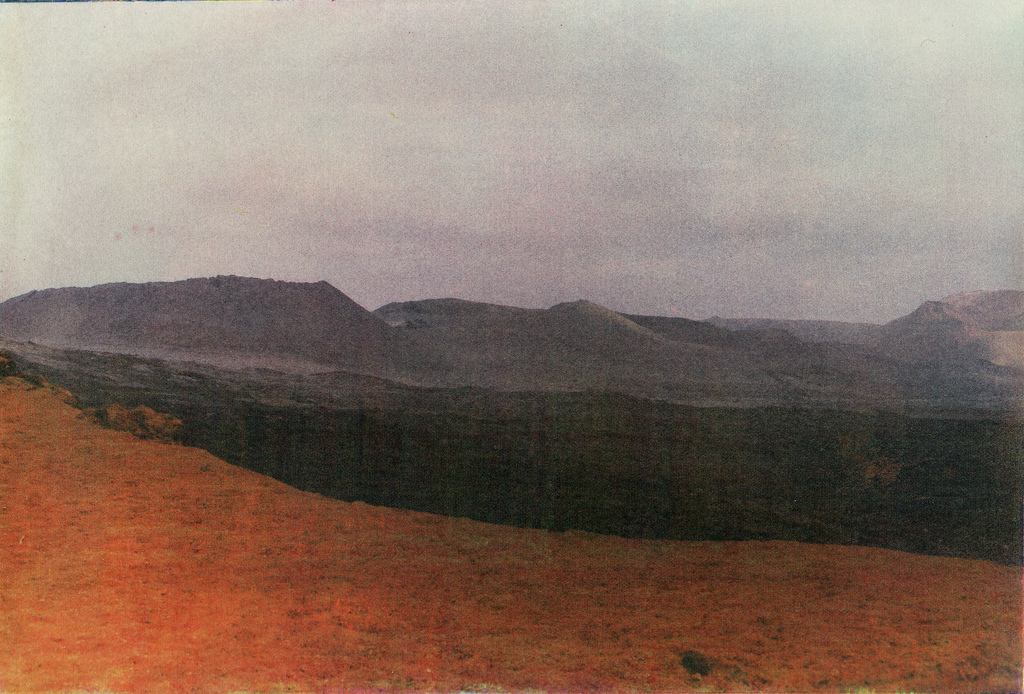First, I must confess: I developed
only one batch of films several years ago with a two-bath developer. After that
I didn't use them for the simple reason I overstocked much of the BW chemistry
in the darkroom (conventional developers), so I needed to get rid of that
chemistry first...and it takes some years to do so. But I just decided to give
them a go again, to these simple but excellent developers, in the following weeks.
Two-bath
developers have been very popular in the past; their use never stopped, but in
the past decades only a limited number of photographers were consistently using
them. There are really many formulas around, but basically the first bath is
only a solution of the active agent (metol, hydroquinone, catechol etc.) and a
preservative (sulfite), while the second is just an alkali bath (usually NaOH) .
When we first soak the film in the first solution, the film emulsion absorbs
the active developing agent but the development hasn't started yet. Then, when
we switch to the second bath (with just little agitation), the development
starts because of the alkaline pH. The development in more exposed (denser)
areas of the negative is of course quicker, but it also stops (or slows down)
faster because the developing agent is more quickly exhausted. Inversely, the
development in less exposed areas goes on for a longer period, and these areas
gain more density relatively to their exposure. In other words, two-bath
developers are highly compensating; they produce a usable negative (almost)
regardless whether the photographic scene was of low or high contrast. Very
usable for roll films (less for sheet film where you strive to have complete
control) where many different shots are made on a single roll. Given the
increased density of shadow areas, they are regarded as speed-increasing
developers, at least some of them. A nice feature is also about the developing
times (of individual baths) and temperatures; they are very little affected by,
since the development is mostly governed by developing agent exhaustion.
Similarly, using the same approach with different films produces good or at
least usable negatives. Two-bath developers are also very economical; the first
bath virtually lasts as long as there's any solution to soak the film (well
it's still better to change it a bit more frequently), while the second
solution can be prepared fresh, since its cost is neglible.
Highly
diluted developers (the most known is surely Rodinal, like 1:200) are also
known for their compensating effects, but in that case the main driving force
is diffusion-that is, temperature plays a bigger role in the development, as
also the (low rate of) agitation technique. Because of that, using highly
diluted developers is more likely to produce unevenly developed negatives
(because of low agitation rates). Also, the long development times required
(like 1-2 hours) inevitably produce more grainy negatives. However, highly
diluted developers are quite good in producing the »edge effect« in negatives,
enhancing the apparent sharpness of the image. On the other side, developing in
highly diluted developers reportedly produces image that are somehow
»dull«-uninteresting in mid-density areas. But this is also a matter of taste.
Below
are some of the most known two-bath formulas:
Pextral 2-bath:
Bath A
1.5 g Pyrocatechol
0.3 g sodium sulfite
Water to 300 mL
Bath B
6 g sodium hydroxide
Water to make 300 mL
This is a staining developer, as other pyro-type developers, acting also as a gelatin hardener.
2 minutes in bath A, 1 minute in bath B. Use this as a starting point only.
Divided D-23 developer
(used also by Ansel Adams):
Bath A
100 g sodium sulfite
7.5 g metol
Water to 1 L
Bath B
2 g borax
Water to 1 L
Barry Thornton formula
Bath A
80 g sodium sulfite
6.5 g metol
Water to 1 L
Bath B
12 g sodium metaborate (Kodalk)
Water to 1 L
The
last formula is apparently just a slight variation of the divided D-23, but it
usually somehow gives more »energetic« negatives, since the second bath is more
alkaline, therefore more active development occurs. It's been also one of the
most regarded contemporary two-bath developers. For both of these developers,
4-5 mins in each bath are a good starting point.
A
note about modern films: early
films used to have a much thicker emulsion layer, therefore they absorbed more
of the solution A. Modern films, especially films with tabular crystal
structure (Tmax, Delta, Acros) have a much thinner emulsion layer. In case you
find the negatives to be too »thin« (underdeveloped), a good way to improve the
negative density (and contrast, while still getting consistent results) is to
increase the concentration of the developing agent in bath A to allow more
active development (keeping the sulfite concentration unaltered).
The widespread use of thin-emulsion films was one on the main reasons why the use of two-bath developers vanished.



































